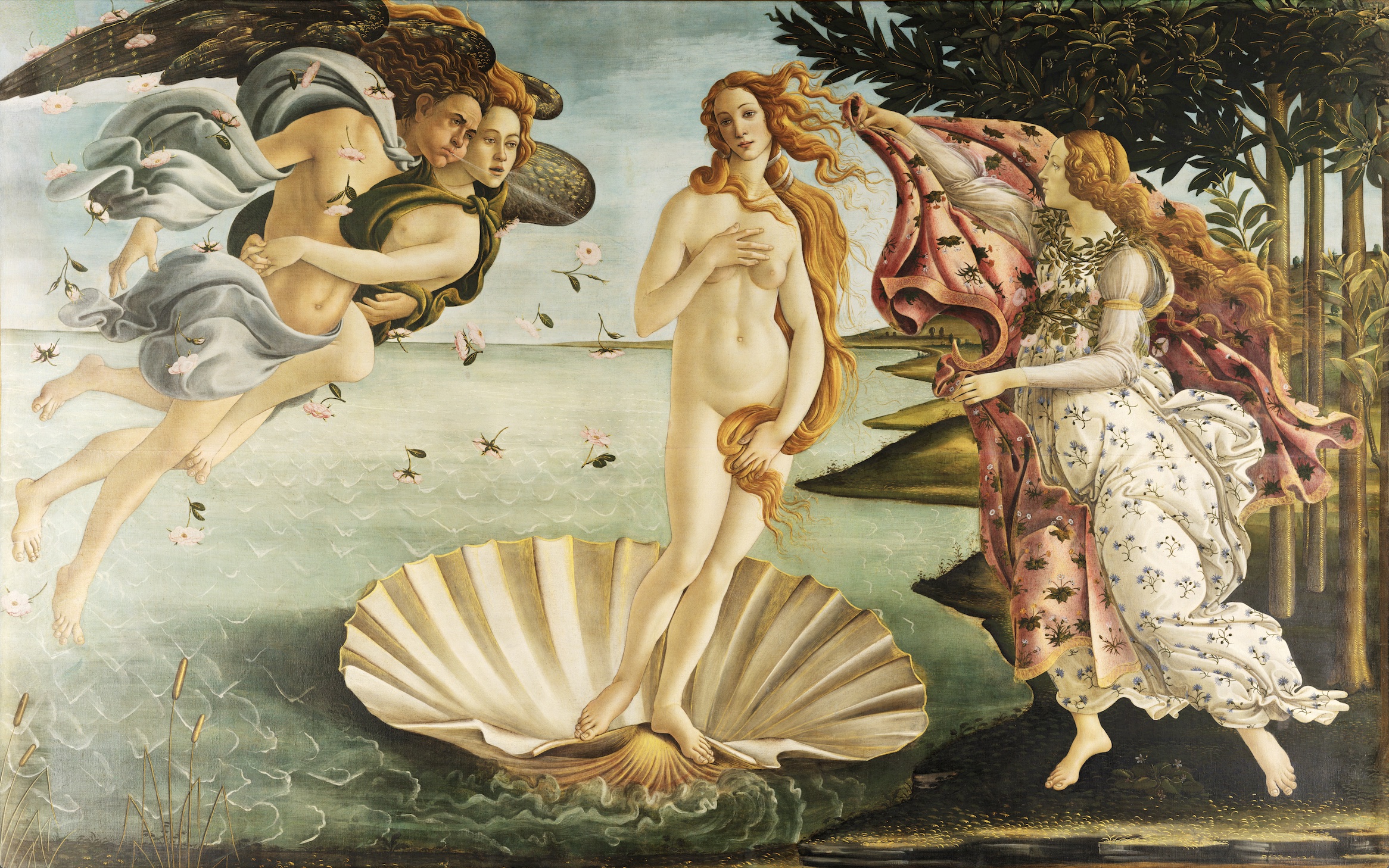Today, we’re exploring an essential concept that will transform the way you approach your craft: the subordinate image. Whether you’re an actor, a writer, a filmmaker, or any kind of artist, this idea will take your creative work to deeper, more authentic levels.
The Hidden Power of the Subordinate Image
So, what exactly is a subordinate image? Think of it as the image behind the picture—the underlying emotion, experience, or thought that brings life to your art. Words, gestures, or actions are just the surface. The feelings, memories, and personal connections behind them give them depth and power.
Consider this: Words on their own are neutral. They only gain meaning when infused with emotion and intention. Take the phrases “I love you” or “I hate you”—these words only matter when they carry an emotional charge. Without that underlying emotion, they’re just empty sounds. The subordinate image is what fuels the emotional weight behind those words. It makes the audience feel your message, not just hear it.
A Real-World Example: The Voice Actor’s Transformation
Recently, I had the opportunity to work with a brilliant voice actor. He’s a seasoned professional—years in the business, with an impressive resume and a voice that’s simply mesmerizing. During one of our sessions, I introduced him to the idea of the subordinate image.
In the first take of his reading, he delivered his lines with perfect clarity and precision, as he always does. It was polished and professional, but something was missing. There was no emotional pulse.
Then, I asked him to apply the concept of the subordinate image. I guided him to connect each phrase he delivered with a more profound emotional experience or memory. In the second take, everything changed. Suddenly, there was richness in his voice. I could feel the urgency and emotion behind his words. The words weren’t just being spoken—they were alive with meaning. It was no longer just about delivering lines; it became about expressing a deeply felt experience.
This transformation is the magic of the subordinate image. By tapping into the emotions and images beneath the words, the actor brought a new level of authenticity and power to his performance. The words “I had no idea” resonated beyond sound—it was an experience.
Bringing Subordinate Images into Your Creative Process
The beauty of this technique is that it applies across all creative fields. Whether you’re writing, acting, or painting, connecting with the subordinate image can deepen your work and create a more authentic connection with your audience.
Here are some ways to start incorporating subordinate images into your creative process:
- Connect with your own experience: Before you perform a line, write a scene, or craft a character, think about what it means to you. What personal memories, emotions, or experiences does it evoke? By tapping into your personal connections, you give the material a foundation of truth.
- Infuse your work with emotional depth: The words or images you use are only the surface. Dig deeper into what those elements represent to you. For example, describing a “red sports car” might seem straightforward, but what does that car symbolize? Is it freedom? Power? Nostalgia? Whatever emotion it evokes for you will come through in your delivery or description, even if the word “red” is never directly stated.
- Create multi-layered work: By using subordinate images, you can add layers of meaning to your work. Even simple words or objects can carry multiple emotions, making your audience feel something they can’t quite grasp but know is there.
Why Subordinate Images Matter
Working with subordinate images is not just about enhancing your creative process—it’s about creating deeper connections between your work and your audience. When you, as the creator, connect with these underlying images, your work resonates more emotionally. It’s not just about what’s being said; it’s about what’s being felt.
This connection transcends the boundaries of time and space. It pulls the audience in and invites them to experience the story with you. The subordinate image bridges you, your work, and those who witness it.
The Bigger Picture
Think of it this way: when you infuse your work with subordinate images, you’re not just telling a story—you’re sharing an experience. And that’s what makes art compelling. That’s what allows a performance, a novel, or a film to linger in the hearts and minds of its audience long after they’ve left the theater or turned the last page.
At its core, the subordinate image helps you, as an artist, bring truth into your work. It allows you to convey not just words or actions but life—life with all its complexity, emotion, and depth. This is where genuine connection happens.
Takeaways to Keep in Mind
- Subordinate images add emotional depth: They transform neutral words into meaningful expressions.
- Tap into personal experiences: By relating your art to your own life, you can bring authenticity to the work.
- Invite the audience into the experience: By connecting with these deeper layers, you create a space where your audience can feel what you feel.
And lastly …
The subordinate image is one of the many tools available to us as artists. It’s a way to go beyond the surface and tap into a deeper layer of reality. Whether you’re performing, writing, or creating, these images behind the images will give your work its true power.
Remember, it’s not just about getting the words right—it’s about bringing the full weight of your experiences, emotions, and presence into the moment. When you connect with these deeper layers, you invite your audience to experience the magic with you.
Let’s continue exploring these ideas together. Thank you for joining me on this journey. Stay present, stay aware, and keep creating with the depth and richness that only you can bring to life.






